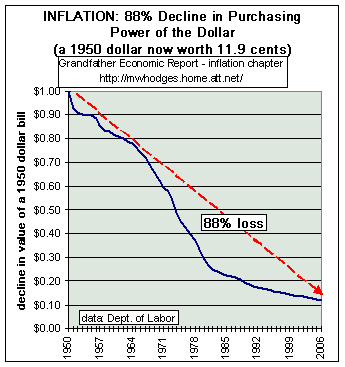
How a high dollar can affect the global economy: 5 risks
A high dollar can have far-reaching effects on the global economy, introducing a range of risks that can impact various sectors and countries. Here are five key risks associated with a strong dollar:
Trade Imbalances: A high dollar can lead to trade imbalances, making exports from the country more expensive and less competitive on the global market. This can result in reduced export revenues, job losses, and potential economic slowdowns in exporting nations. Conversely, it can make imports cheaper, potentially leading to an increase in imports and widening trade deficits.
Currency Misalignment: A strong dollar can cause currency misalignment, especially in emerging markets. When their local currencies weaken against the dollar, it becomes more challenging to repay debts denominated in US dollars. This situation can lead to financial stress, currency depreciation, and potential capital outflows from these economies.
Reduced Tourism and Travel: A high dollar can discourage international tourism and travel. As the local currency weakens compared to the dollar, the cost of travel and accommodation for foreign tourists becomes more expensive. This can result in a decline in tourism revenues, negatively impacting countries heavily reliant on tourism as a significant source of income.
Commodity Price Volatility: The strength of the dollar often has an inverse relationship with commodity prices. When the dollar appreciates, commodity prices, such as oil, gold, and agricultural products, tend to decline. This can have a significant impact on commodity-exporting countries, reducing their export revenues and potentially leading to economic instability and social unrest.
Financial Market Volatility: A strong dollar can introduce volatility in financial markets. Investors may shift their investments towards the dollar, perceiving it as a safe haven, leading to capital outflows from other currencies and markets. This can result in heightened exchange rate volatility, increased borrowing costs for countries with dollar-denominated debts, and potential financial market disruptions.
In conclusion, a high dollar carries several risks for the global economy. It can cause trade imbalances, currency misalignment, reduced tourism, commodity price volatility, and financial market volatility. Policymakers and central banks need to closely monitor and manage the impact of a strong dollar to mitigate these risks and ensure stability in the global economic landscape.

